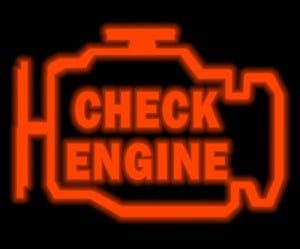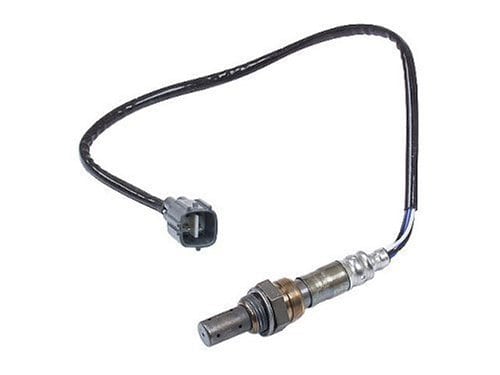Owning a code reader should be a priority for any mechanic who regularly works on their own or other’s cars. In today’s vehicles, being able to pull error codes from the vehicles’ computer and use them for diagnosis is basic and being unable to do so means you are likely not going to be able to repair the vehicle. Sometimes, though, a code reader isn’t available. Here’s how to get the code without a reader.
A Few Things To Know
 You can pull the codes without a reader, but it’s not always simple and many find themselves doing it several times to get the codes written down accurately. Here is a recommended procedure that works on most of today’s vehicles and will minimize your mistakes when recording the codes manually.
You can pull the codes without a reader, but it’s not always simple and many find themselves doing it several times to get the codes written down accurately. Here is a recommended procedure that works on most of today’s vehicles and will minimize your mistakes when recording the codes manually.
First, make sure your vehicle has battery power so that it can power up – not necessarily start, just be able to turn on all dash lights when the keyswitch is in the “on” position.
Next, prepare your recording device. If you have a camcorder or digital camera capable of taking video for at least 30 seconds, use that. Otherwise, your mobile phone will likely work as well. The idea is to “record” the engine light blips you’re about to receive so that you can play them back easily and fast-forward/rewind as needed when decoding them.
Get the Codes
Using the camera, set it to record and point it at the engine error light on the dashboard. Turn the key quickly to the on, then off, then on, then off, then on, then off, then on position in five seconds or less.
On-Off-On-Off-On-Off-On
Now wait. The engine light will begin flashing the error codes in two-digit flashes. So the number 31 would be “flash-flash-flash, pause, flash.” Record the whole event if you can as it’s rare for only one code to be set. There are usually several.
If you can’t record it, then have a dictaphone, voice recorder, your phone’s voice mail called, or a pen and paper handy so you can quickly record them as they come. Don’t try to decode as you record, as this will just slow you down and cause mistakes.
Once you have the codes, if you need to go back, you can repeat the process to display them again, but it will only do so from beginning to end and so you’ll have to sit through the entire thing repeatedly until you have them all down.
Nowt that you have the codes, check what system your vehicle uses (likely OBD-2) and decode the numbers given to you per your vehicle’s owner’s manual and/or the Internet.
In another article, we’ll show you how to reset the computer and remove the codes (and light).







